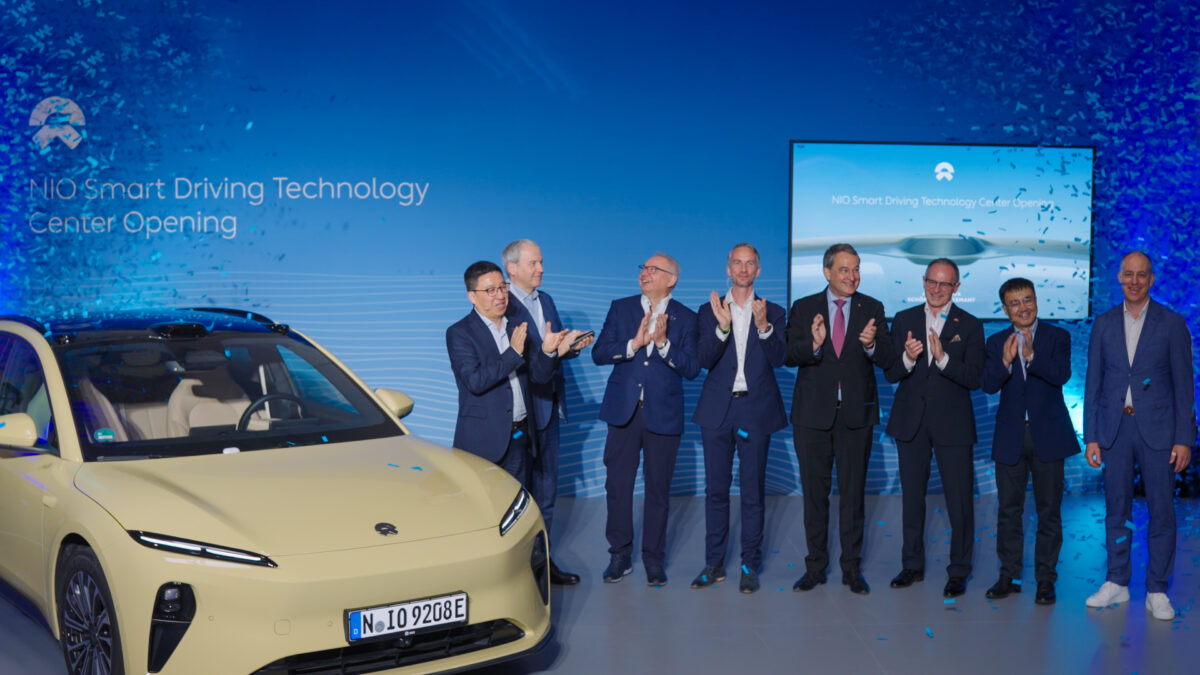Lockdown has punished analogue businesses and accelerated worldwide interest in digital transformation. Digital natives made hay while the sun shone in stark contrast to automakers faced with the reality of empty forecourts. Car manufacturers that conducted limited token ‘transformations’ are now realising their upgrades didn’t go far enough. Their old-world assets—forecourts—are quickly becoming liabilities, and the cars themselves are on their way to becoming just hardware, like mobile phones. At the same time, the Silicon Valley giants are starting to influence what we value in our transportation choices. These factors are leading automakers to analyse modern customer journeys to assess new streams of revenue potential.
Board-level business considerations and innovation predictions within automotive were already pointing to a more customer-centric and service-oriented model—service is now an integral part of the consumer’s automotive ecosystem and helps drive brand preference, loyalty and advocacy, as well as revenue. But for many in the sector, this requires a process of digital transformation to be undertaken, and the pandemic has catalysed automakers into assessing their transformation suitability or questioning why the ‘transformations’ they already undertook didn’t protect them against reduced footfall.
Car manufacturers that conducted limited token ‘transformations’ are now realising their upgrades didn’t go far enough
Key questions being asked in boardrooms across the country focus on the nature of the automaker-customer relationship, how Big Data can create more tailored products and services, and crucially whether these automakers are ready for change and if not, how they can properly prepare.
After all, according to consultancy McKinsey, there are five times more transformation failures than successes. Successful digital transformations are grounded in commitment, clarity, investment, accountability, and agility—each of which relies upon effective communication. Without proper communication, particularly at the beginning of the process, it’s impossible to understand the business’ needs and the reason for the transformation, dooming it to inevitable failure. It’s at this stage that you must also communicate messages about accountability across departments. While you are looking for their input, you also need to communicate how much change they can expect, the inevitable impact on their P&L and how they’ll be held accountable if they fail to engage.
Proper communication is bi-directional, and it means understanding what the various stakeholders hope to gain from a digital transformation. Strong communication at an executive level, however, is particularly important. Customer-led transformations are almost impossible without the complete support of the executive management team. Properly communicated commitment at this level drives change and ensures the right resources are allocated.
Successful digital transformations are grounded in commitment, clarity, investment, accountability, and agility—each of which relies upon effective communication
Keeping in mind digital transformation is not a destination but a journey, what sets a successful digital transformation apart from many other technological changes that a business may undergo is that it is irreversible. Once a company transforms, it can’t ‘un-transform’. However, even after the transformation is nominally successful, leaders should be listening for complaints and other opportunities to iron out any imperfections to ensure that the transformation achieves its full potential. Agility is key to any automaker looking to create smart systems that integrate industry and customer data.
The pandemic has inevitably resulted in a slew of rushed digital transformation efforts. It’s important to remember that even in normal business conditions, there are far more transformation failures than successes. Auto manufacturers are attempting to quickly re-engineer their product and service journeys by creating a single point of view of the customer that enables them to build more tailored and personalised experiences. They must also remember that careful planning and clear communication are paramount, otherwise they risk doing more harm than good.
The opinions expressed here are those of the author and do not necessarily reflect the positions of Automotive World Ltd.
Lorenzo Vasini is Chief Growth Officer at Paragon DCX and has over 20 years’ experience building and growing successful digital agencies and start-ups, and leading large enterprises through complex digital transformation programmes
The Automotive World Comment column is open to automotive industry decision makers and influencers. If you would like to contribute a Comment article, please contact editorial@automotiveworld.com



